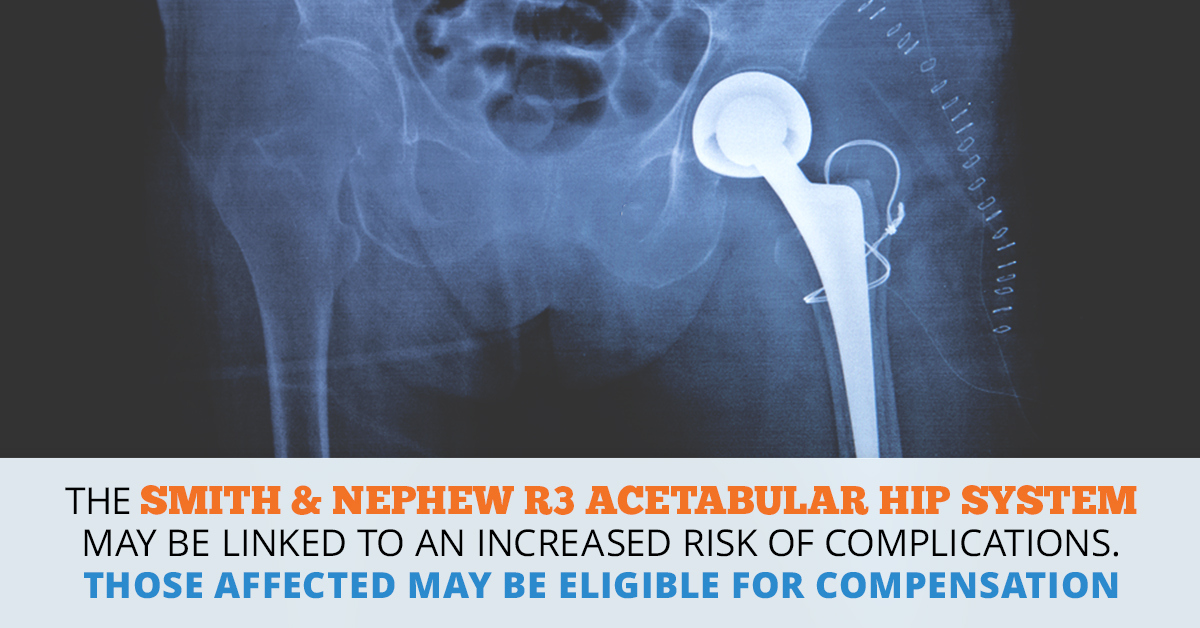Smith & Nephew R3 Hip Lawsuit Information
Smith & Nephew is a device manufacturing company known for its innovative hip replacement solutions, but the company also has a history of legal problems. In 2007, for instance, Smith & Nephew paid $28.9 million to the Justice Department to resolve claims that the company illegally paid surgeons to use their implants in patients, and in 2014, the company paid another $11.3 million to settle a “whistleblower” lawsuit alleging that hip implants the company claimed were made in America and sold to the U.S. government were actually made in Malaysia. The first lawsuits over problems with Smith & Nephew’s R3 hip implant were filed in 2013, just four years after the device entered the U.S. market, and the number of lawsuits brought against Smith & Nephew for hip implant complications continue to grow. Patients forced to undergo revision surgery to remove or replace a defective R3 Acetabular hip implant may have grounds to file a lawsuit against Smith & Nephew to recover financial compensation for any pain and suffering or revision surgery costs.


